Taking control of our cultural narrative are a new breed of game designers making puzzles based on life in Kashmir and how to build masala grinders. Are you ready to play?
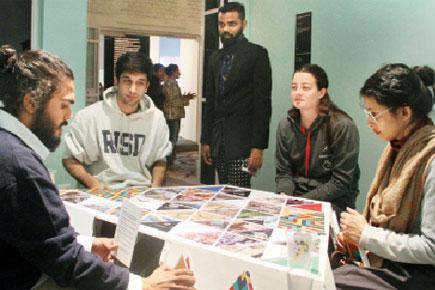
Imagine stepping into the tense borders of Kashmir, driven only by a sense of wanderlust. As you travel from border to border, you unearth stories — that of Robert Thorpe, for whom Kashmir was love at first sight, and who was killed for criticising Maharajah Gulab Singh. Or, the tale of Ben Jighar, considered as good as dead when borders were formed, but makes a "second coming" from the Northern Frontier to her hometown in Kashmir. The stories are in fragments, but if you are able to collect all 10 pieces of each, you are a winner. Not of Kashmir, obviously, but of Trapezium, a boardgame invented by curator and game theorist Mario D'Souza and visual artist Sanket Jadia.

Mario D’Souza (centre, standing), conducts a round of Trapezium, a board-game that he co-created with Sanket Jadia. The game builds on life in Kashmir. PIC/Khoj International Artists’ Association
Trapezium makes light, without trivialising, of grave Kashmir. The board is formed of an array of tiles, which borrow from the colour palette of Persian miniature paintings and hide stories underneath. The four-player game, rather than being the fierce Call-of-Duty-kind, is a gentler approach to conflict. "We wanted to get the conversation about Kashmir going, and make a game that communities can play by the fireplace, without getting bogged down. It may not be a 'party game', but it definitely is a good evening's worth," says D'Souza.
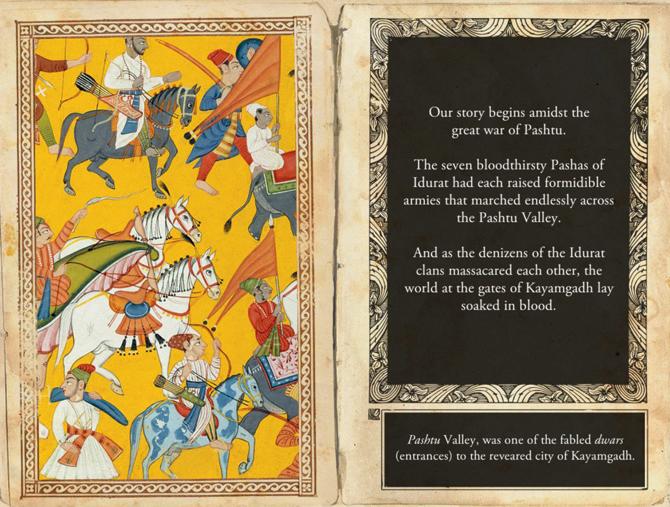
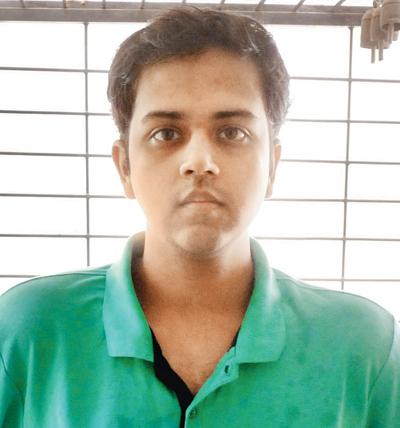
Dhruv Jani is creator of Somewhere, a video-game about a lost mythical city of storytellers that draws from the works of colonial writers such as Rudyard Kipling and EM Forster
Currently, on show at Level 01, an exhibition of "art games" at New Delhi's Khoj, Trapezium shares space with other ingenious creations by artists, designers and filmmakers. Into the motherland of games (we know the Pandavas gambled, the Mughals played chess, and that pachisi was the forefather of ludo), are borne independent game-makers who are taking a hard look at home for inspiration. Program curator at Khoj, Sitara Chowfla, says, "Games are supposed to be escapist. Even so, they have the possibility to turn around and make a socio-political comment and confront the realities of life."
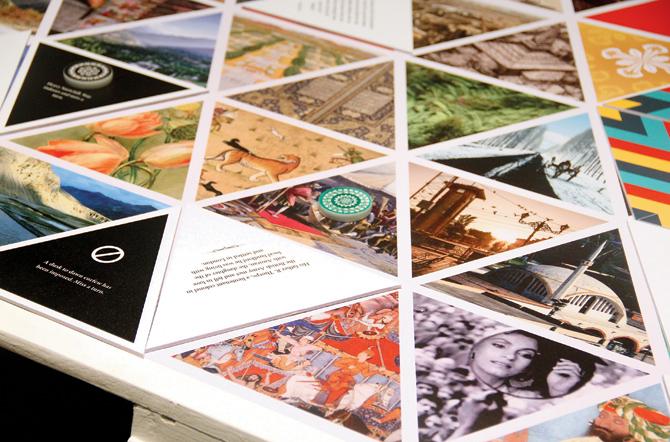
Mario D’Souza (below) is co-creator of Trapezium, a boardgame that makes use of tiles which have miniatures, 16th century British paintings, documentary stills and manuscript illustrations

Striking back
Unlike popular mainstream videogames, like Assassin's Creed or Prince of Persia, which "appropriate" (a word that Coldplay's Hymn for the Weekend made famous in recent times) aspects of Indian culture — read tabla beats and elephants — the indie game space is where creators can explore individual narratives and sub-cultures. Rather than Orientalist versions of India, which build upon stereotypes, these game-creators look for authenticity. "The new Indian game is truly Indian," says D'Souza.
At the ongoing Eyemyth Festival at Sitara Studio, Dadar, Avinash Kumar, one half of audio-visual duo BLOT, will present his work-in-progress, Antariksh Sanchar. The videogame follows the explorations of a little boy called Ramanujam, which, as players will guess, is based on the famous Indian mathematician. Among the protagonist's puzzle-solving missions in the midst of temples and medicinal plants, lies the task of building a masala-grinder for his nine-yard- saree-clad mother.
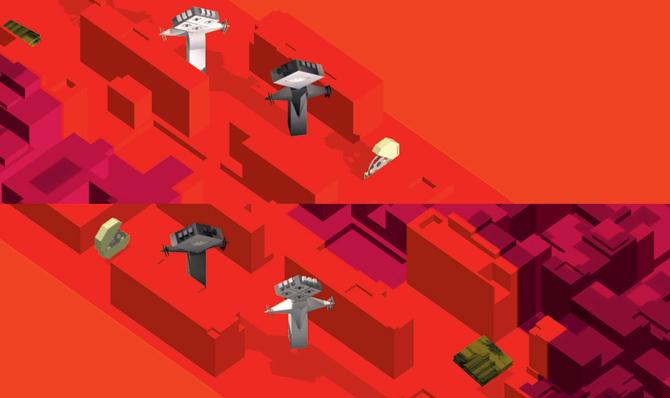
Filmmaker Gayatri Kodikal (below) was taken up by a relic excavated in Old Goa — the hand of a martyred Georgian queen — and went on to create The Travelling Hand
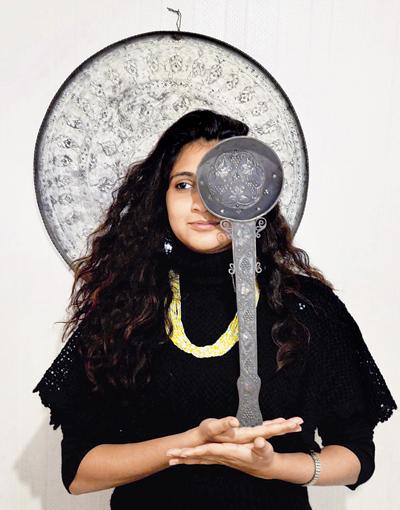
"Antariksh Sanchar is a point-and-click game, a format that has seen a resurgence in recent years. Instead of a sex-violence-and-guns kind of story, we wanted to go in for a softer narrative with a story-book feel," says Kumar. "The game is a look at my own Tamil roots and personal experiences. The mother in the videogame, is modelled after my own. She is a Bharatnatyam dancer, who scripted a dance production four years ago titled Antariksh Sanchar," he continues.
Ancient India to the rescue
Building game environments, which is akin to the genesis of a new world, could find ready material in the Hindu pantheon, some would say. In 2014, Chandan Mohanty and his team devised a two-player card game based on the plethora of Hindu gods and heroes. Published by Leprechaun Games, Maha Yodha, which should remind you of the WWF cards that were hugely popular in the 1990s, fared well with both critics and enthusiasts.
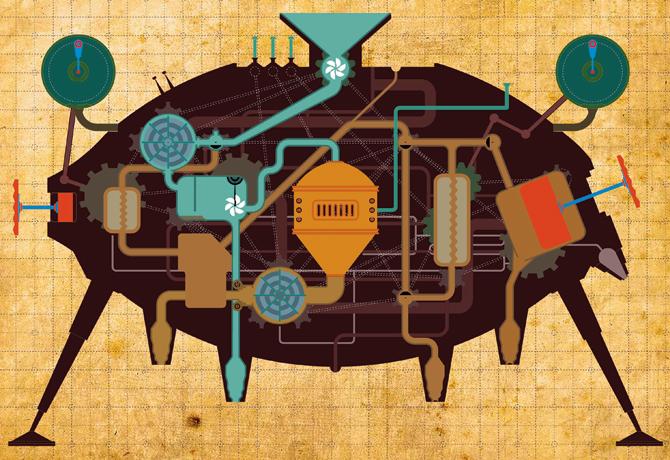

Not just content, game devices are also drawn from ancient India, such as the "karma cards" that are given a contemporary treatment by artist duo Jiten Thukral and Sumir Tagra. Their Walk of Life game is built upon the ancient Indian card-game called ganjifa. Originally played with a set of 120 cards, the artists have turned it into a board game that depicts the Dushavatar, or the 10 incarnations of the Hindu god Vishnu. The avatars can also be considered as the evolution of mankind: from fish, to reptile, to mammal, to human, to deity.

Sitara Chowfla
Walk of Life, its two versions showcased at Khoj, was first exhibited at Mumbai's Dr Bhau Daji Lad Museum, and took off on the set of ganjifa cards at the museum. Thukral and Tagra, who have been working with game-installations for the past decade, use the cards to comment on environmental damage. Your past actions will affect your present, so play your cards well is part of the rule-book. "We have been studying game theory intensely, speculations like these can be manifested to comment large scenarios and opens a new approach to create a work of art," says Tagra.
Actual historical investigations came in handy for filmmaker Gayatri Kodikal who is currently making a boardgame version of her videogame The Travelling Hand, with funding from India Foundation for the Arts.
Kodikal's game is based on the archaeological excavation of a relic in Old Goa — the hand of Queen Ketevan from 17th century Georgia. The relic found its way to Goa through the efforts of an Augustinian monk, after the queen's martyrdom in Persia. Kodikal, who now lives in Old Goa to collect material for the game, says, "The story of this queen has also the incentives for a good game — history, intrigue and based on a true event. It also shows a kind of global connection — a church in Lisbon bears a fresco depicting the queen's martyrdom, for instance."
For the masses?
The term "alternative" is a label that most game-developers are wary of. "Art game" like "art cinema" is more welcome. "There is a strong sense of narrative, and drawing from history, philosophy and literature that is seen in these games. We can look at games the way we approach cinema. There is a difference in audiences, but, ultimately, the format has to be strongly that of a game," says Prayas Abhinav, a critic and game-designer, who curated two gaming residencies at Khoj.
Game designers don't seem to be overly hassled by the question of selling by numbers and profits. Kodikal hopes to put up versions of her game for free; Trapezium will also see an online version later in the year; and, Thukral and Tagra, are a much-sought after label by themselves. Kumar, however, has a different path charted for Antariksh Sanchar. "Hyperlocal and local development is the way to go. Why not develop a game on Bandra that will be played just by Bandra residents?" he says, hoping that video-game sellers in Madurai will retail Antariksh Sanchar for as low as R50 or so.
Dhruv Jani, of Studio Oleomingus, found worldwide attention with his much-talked about game Somewhere. An exhibition designer who dropped out of design school since the faculty wasn't pleased with a video-game project, his studio is registered in Nevada. Make in India for indie video-gamer-makers is not all that easy, as it turns out.
 Subscribe today by clicking the link and stay updated with the latest news!" Click here!
Subscribe today by clicking the link and stay updated with the latest news!" Click here!










